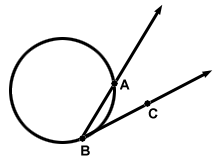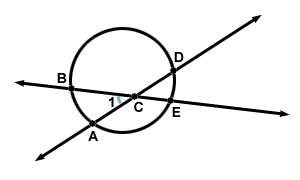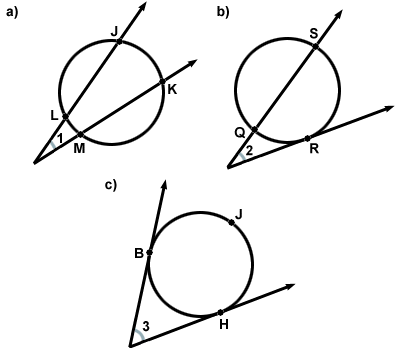Please wait while we process your payment
If you don't see it, please check your spam folder. Sometimes it can end up there.
If you don't see it, please check your spam folder. Sometimes it can end up there.
Please wait while we process your payment
Get instant, ad-free access to our grade-boosting study tools with a 7-day free trial!
Learn more



This site is protected by reCAPTCHA and the Google Privacy Policy and Terms of Service apply.
Create Account
Select Plan
Payment Info
Start 7-Day Free Trial!

Annual
2-49 accounts
$22.49/year + tax
50-99 accounts
$20.99/year + tax
Select Quantity
Price per seat
$29.99 $--.--
Subtotal
$-.--
Want 100 or more? Request a customized plan
You could save over 50%
by choosing an Annual Plan!

SAVE OVER 50%
compared to the monthly price!
| Focused-studying | ||
| PLUS Study Tools | ||
| AP® Test Prep PLUS | ||
| My PLUS Activity | ||
$22.49/month + tax
Save 25%
on 2-49 accounts
$20.99/month + tax
Save 30%
on 50-99 accounts
| Focused-studying | ||
| PLUS Study Tools | ||
| AP® Test Prep PLUS | ||
| My PLUS Activity | ||
No Fear provides access to Shakespeare for students who normally couldn’t (or wouldn’t) read his plays. It’s also a very useful tool when trying to explain Shakespeare’s wordplay!
Erika M.
I tutor high school students in a variety of subjects. Having access to the literature translations helps me to stay informed about the various assignments. Your summaries and translations are invaluable.
Kathy B.
Teaching Shakespeare to today's generation can be challenging. No Fear helps a ton with understanding the crux of the text.
Kay H.
No Fear provides access to Shakespeare for students who normally couldn’t (or wouldn’t) read his plays. It’s also a very useful tool when trying to explain Shakespeare’s wordplay!
Erika M.
I tutor high school students in a variety of subjects. Having access to the literature translations helps me to stay informed about the various assignments. Your summaries and translations are invaluable.
Kathy B.
Teaching Shakespeare to today's generation can be challenging. No Fear helps a ton with understanding the crux of the text.
Kay H.
Create Account
Select Plan
Payment Info
Start 7-Day Free Trial!
You will only be charged after the completion of the 7-day free trial.
If you cancel your account before the free trial is over, you will not be charged.
You will only be charged after the completion of the 7-day free trial. If you cancel your account before the free trial is over, you will not be charged.
Order Summary
Annual
7-day Free Trial
SparkNotes PLUS
$29.99 / year
Annual
Quantity
51
PLUS Group Discount
$29.99 $29.99 / seat
Tax
$0.00
SPARK25
-$1.25
25% Off
Total billed on Nov 7, 2024 after 7-day free trail
$29.99
Total billed
$0.00
Due Today
$0.00
Promo code
This is not a valid promo code
Card Details
By placing your order you agree to our terms of service and privacy policy.
By saving your payment information you allow SparkNotes to charge you for future payments in accordance with their terms.
Powered by stripe
Legal
Google pay.......



Please wait while we process your payment

Sorry, you must enter a valid email address
By entering an email, you agree to our privacy policy.
Please wait while we process your payment

Sorry, you must enter a valid email address
By entering an email, you agree to our privacy policy.
Please wait while we process your payment

Your PLUS subscription has expired
Please wait while we process your payment
Please wait while we process your payment

Theorems for Angles and Circles
We already know that in a circle the measure of a central angle is equal to the measure of the arc it intercepts. But what if the central angle had its vertex elsewhere?
An angle whose vertex lies on a circle and whose sides intercept the circle (the sides contain chords of the circle) is called an inscribed angle. The measure of an inscribed angle is half the measure of the arc it intercepts.

If the vertex of an angle is on a circle, but one of the sides of the angle is
contained in a line tangent to the circle, the angle is no longer an inscribed
angle. The measure of such an angle, however, is equal to the measure of an
inscribed angle. It is equal to one-half the measure of the arc it intercepts.

An angle whose vertex lies in the interior of a circle, but not at its center,
has rays, or sides, that can be extended to form two secant
lines. These secant lines intersect each
other at the vertex of the angle. The measure of such an angle is half the sum
of the measures of the arcs it intercepts.

When an angle's vertex lies outside of a circle, and its sides don't intersect with the circle, we don't necessarily know anything about the angle. The angle's sides, however, can intersect with the circle in three different ways. Its sides can be contained in two secant lines, one secant line and one tangent line, or two tangent lines. In any case, the measure of the angle is one-half the difference between the measures of the arcs it intercepts. Each case is pictured below.

In part (A) of the figure above, the measure of angle 1 is equal to one-half the difference between the measures of arcs JK and LM. In part (B), the measure of angle 2 is equal to one-half the difference between the measures of arcs QR and SR. In part (C), the measure of angle 3 is equal to one-half the difference between the measures of arcs BH and BJH. In this case, J is a point labeled just to make it easier to understand that when an angle's sides are parts of lines tangent to a circle, the arcs they intercept are the major and minor arc defined by the points of tangency. Here, arc BJH is the major arc.
Please wait while we process your payment





